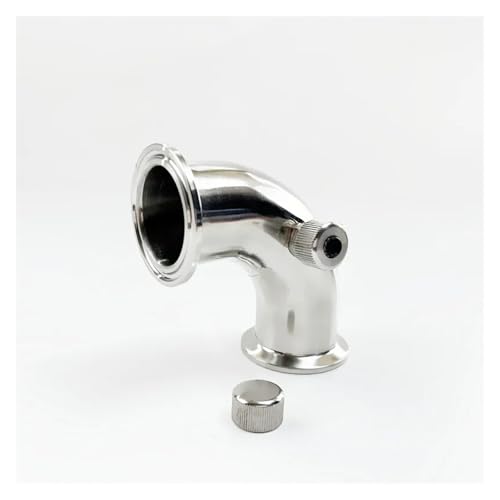I bought an Atago N1 refractometer off of Ebay some time ago in order to aid me in measuring SG during sparging and fermenting. It covers 0 - 32% Brix. It's been laying around unused due to the readings being massively off those that I achieve with my hydrometer and I'd like to know if it's shafted or I'm just using it wrong.
I calibrated it with tap water to a zero reading. Now I know I should use distilled water to get it precise but surely the figures aren't that far different? I also ensure that there are no air bubbles trapped when I take a reading. I'm also aware that there may be some variation in the readings with refractometers but surely not as widely as I'm getting. I'll go take a reading of my fermenting brew now and demonstrate.
Calibrated to '0' again with tap water to be sure. SG taken with hydrometer is 1.018, I 'flattened' the sample to ensure there were no air bubbles and got a reading of 7.6 Brix which according to the guide I have equates to an SG of 1.031. I could understand a slight difference in the readings, especially since I have calibrated with tap water but that reading is one hell of a difference I feel.
The hydrometer reads spot on 1.000 in tap water at room temperature so I'm certain it's the refractometer that's giving dodgy readings. Is it broken or is there something I am not doing correctly?
I calibrated it with tap water to a zero reading. Now I know I should use distilled water to get it precise but surely the figures aren't that far different? I also ensure that there are no air bubbles trapped when I take a reading. I'm also aware that there may be some variation in the readings with refractometers but surely not as widely as I'm getting. I'll go take a reading of my fermenting brew now and demonstrate.
Calibrated to '0' again with tap water to be sure. SG taken with hydrometer is 1.018, I 'flattened' the sample to ensure there were no air bubbles and got a reading of 7.6 Brix which according to the guide I have equates to an SG of 1.031. I could understand a slight difference in the readings, especially since I have calibrated with tap water but that reading is one hell of a difference I feel.
The hydrometer reads spot on 1.000 in tap water at room temperature so I'm certain it's the refractometer that's giving dodgy readings. Is it broken or is there something I am not doing correctly?






![BREWING THERMOMETER STICKERS ACCURATELY MONITOR FERMENTING BEER & WINE LIQUID TEMPERATURES 5PCS HOME BREW SPIRITS WINE LCD ADHESIVE [US]](https://m.media-amazon.com/images/I/311DDjo2X3L._SL500_.jpg)

































 DB I've added it to favourites :)
DB I've added it to favourites :)